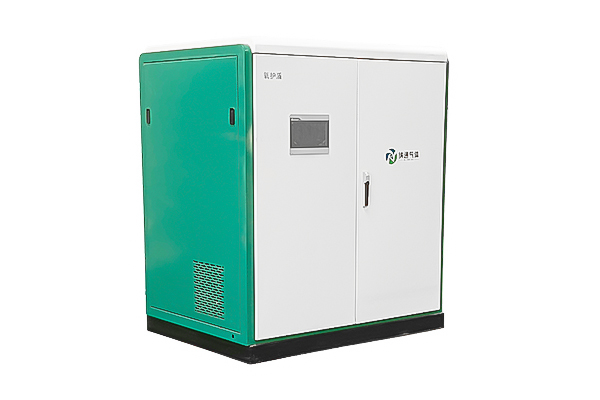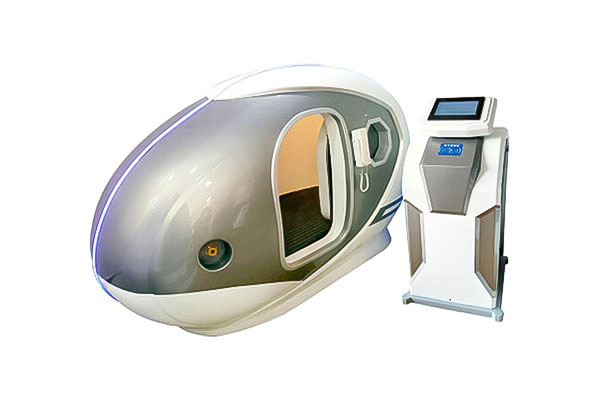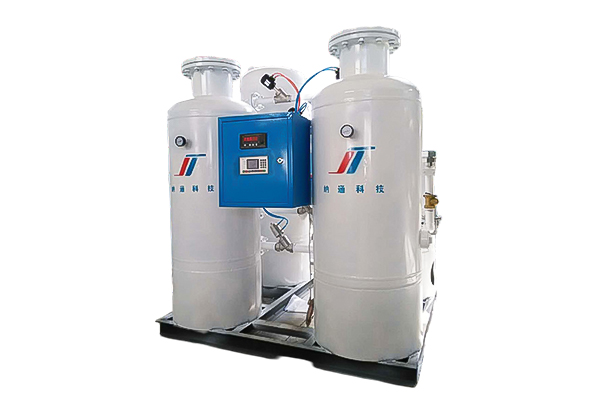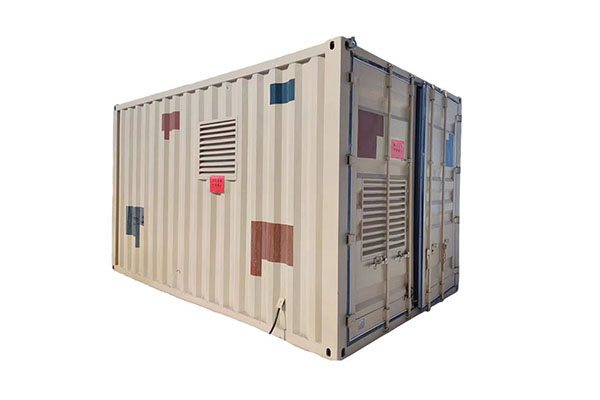How do the environmentally friendly features of nitrogen generators contribute to reducing gas transport pollution?
Release Time : 2025-07-07
Against the backdrop of increasing global environmental awareness, the impact of gas supply methods in industrial production on the environment has attracted much attention. With its unique environmental characteristics, nitrogen generators have fundamentally changed the traditional nitrogen supply model, made substantial contributions to reducing gas transportation pollution, and promoted the development of industrial nitrogen in a green and sustainable direction.
The environmental value of nitrogen generators is first reflected in the replacement of traditional bottled nitrogen transportation pollution. In the traditional model, nitrogen needs to be produced in a centralized factory and then transported to the place of use by high-pressure cylinders or tank trucks. These transportation tools not only consume a large amount of fossil fuels and emit harmful gases such as carbon dioxide and nitrogen oxides during long journeys, but may also cause secondary pollution due to leakage, accidents, etc. The nitrogen generator uses on-site nitrogen production to directly convert air into nitrogen without relying on external transportation. This "produce and use" model completely eliminates the transportation link of nitrogen, eliminates all pollution problems that may arise during transportation from the source, and greatly reduces the environmental impact of industrial nitrogen.
The on-site nitrogen production model can also reduce the energy consumption and pollution emissions of the transportation tools themselves. Traditional nitrogen transportation requires a large number of steel cylinders, tank trucks and other equipment. The production, maintenance and operation of these equipment are accompanied by energy consumption and pollutant emissions. Take steel cylinders as an example. The production process consumes a lot of steel and energy. During use, they need to be frequently cleaned and tested, generating additional industrial wastewater and waste. However, the nitrogen generator only needs to be connected to electricity and air to continuously produce nitrogen without the need for additional transportation equipment. In this comparison, the environmental advantages of the nitrogen generator are obvious. By simplifying the supply chain, it reduces the resource consumption and environmental burden of the entire nitrogen supply link.
The nitrogen generator itself also has significant environmental protection characteristics during operation. Its core principle is to use air separation technology to produce nitrogen. The whole process does not require the addition of any chemical reagents and does not produce toxic and harmful byproducts. Air is an inexhaustible raw material. The nitrogen production process consumes only a small amount of electricity, which is lower than the energy consumption of traditional industrial nitrogen production methods (such as cryogenics). At the same time, the nitrogen generator has low operating noise and low vibration, and has little impact on the surrounding environment. It will not cause noise pollution and mechanical loss like traditional nitrogen production equipment. This clean production method makes the nitrogen production process more environmentally friendly and highly consistent with the green development concept of modern industry.
From the perspective of the entire life cycle, the environmental contribution of nitrogen generator is more significant. The environmental impact of the traditional nitrogen supply model runs through multiple links such as production, transportation, storage, and use, while the nitrogen generator focuses the impact range on the equipment production and on-site operation stages, greatly shortening the pollution chain. In the equipment production link, although the nitrogen generator itself requires a certain amount of material and energy input, it has a long service life and simple maintenance. In the long run, the environmental cost per unit of nitrogen production is much lower than the traditional model. When the equipment reaches its service life, its main components can be recycled and reused to reduce the generation of waste and further reflect the environmental value.
The popularity of nitrogen generator can also indirectly promote the environmental protection upgrade of related industries. With the promotion of on-site nitrogen production mode, the demand in the gas transportation industry will decrease accordingly, prompting transportation companies to adjust their business structure and develop in a lower-carbon and more efficient direction. At the same time, this will also drive technological innovation in fields such as air separation technology and energy-saving electrical appliances, and promote the green transformation of the entire industrial chain. This effect of coordinated optimization of the industrial chain makes the environmental value of nitrogen generator go beyond the scope of a single device and become an important force in promoting green transformation in the industrial field.
In the global action to address climate change, the environmental protection characteristics of nitrogen generator are of special significance. It directly helps companies achieve carbon neutrality goals by reducing carbon emissions in the transportation link. For those industries with high demand for nitrogen (such as food packaging, chemicals, medicine, etc.), the use of nitrogen generator can significantly reduce the carbon footprint of their supply chain and enhance the company's environmental responsibility image. This solution that meets both production needs and environmental protection requirements is becoming the first choice of more and more companies, promoting the industrial nitrogen model to shift to a more sustainable direction.
Nitrogen generator has made important contributions to reducing gas transportation pollution by replacing traditional transportation, eliminating transportation pollution, reducing energy consumption, clean production, and promoting environmental protection upgrades in the industrial chain. It is not only an efficient nitrogen production equipment, but also an important carrier for practicing environmental protection concepts in the industrial field. It provides a practical solution for achieving green production and low-carbon development, and builds a sustainable bridge between environmental protection and industrial development.







